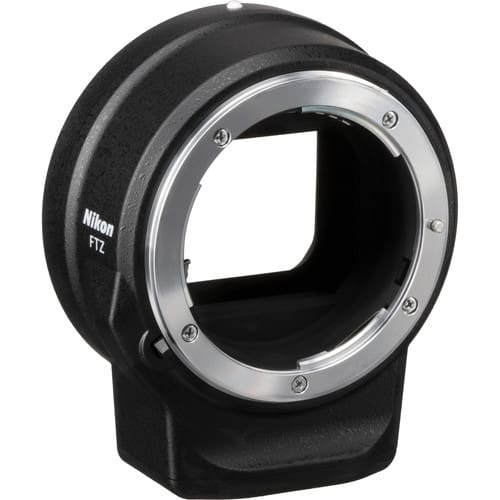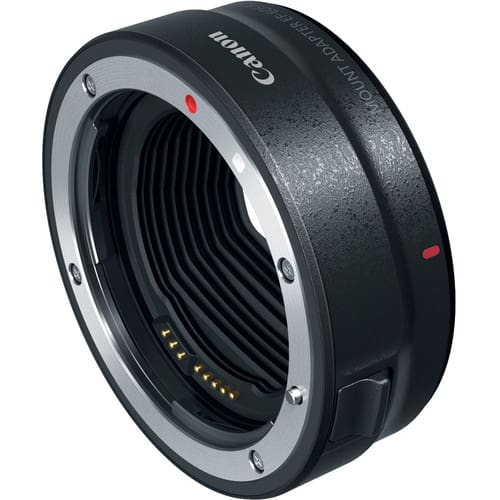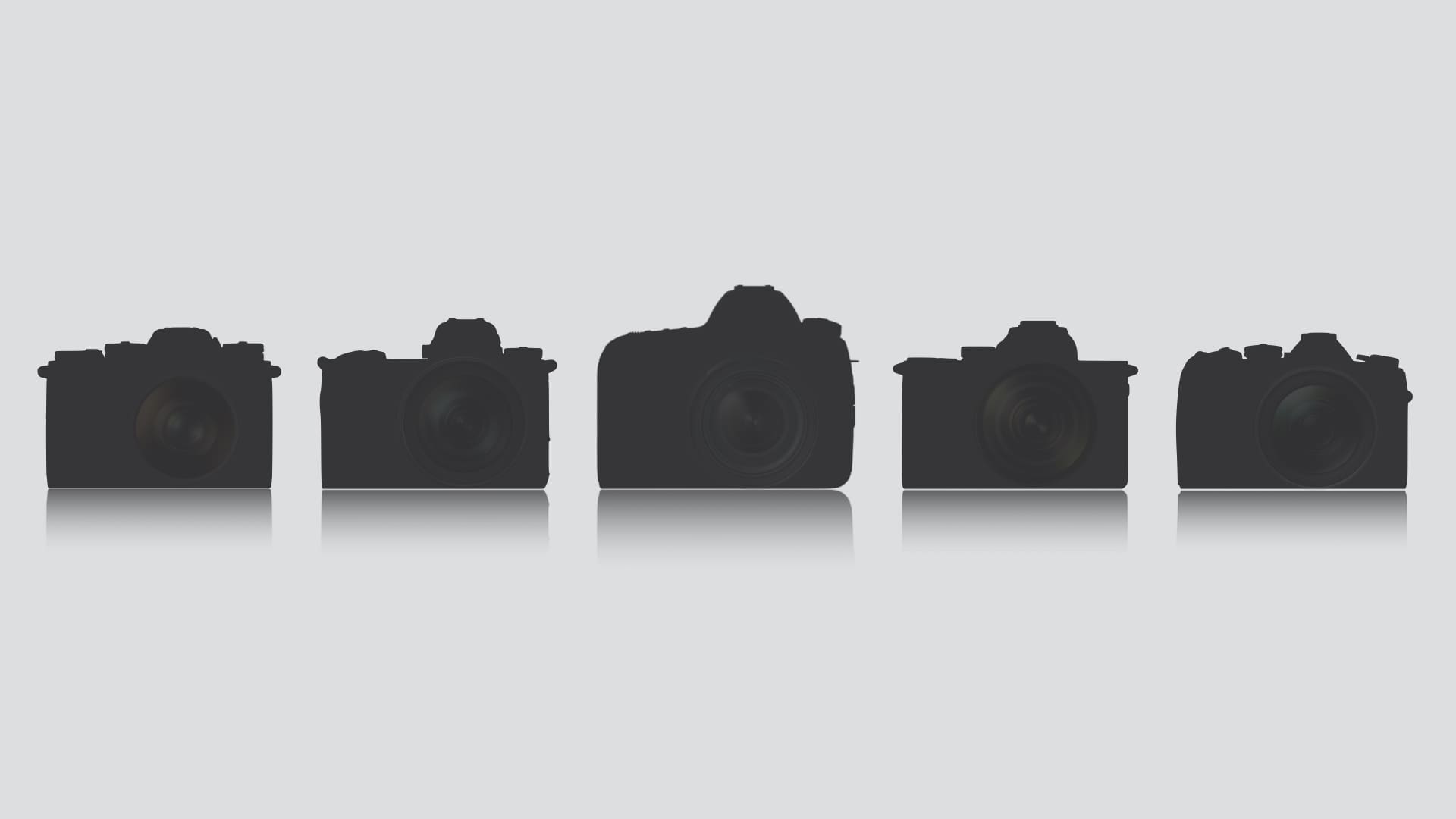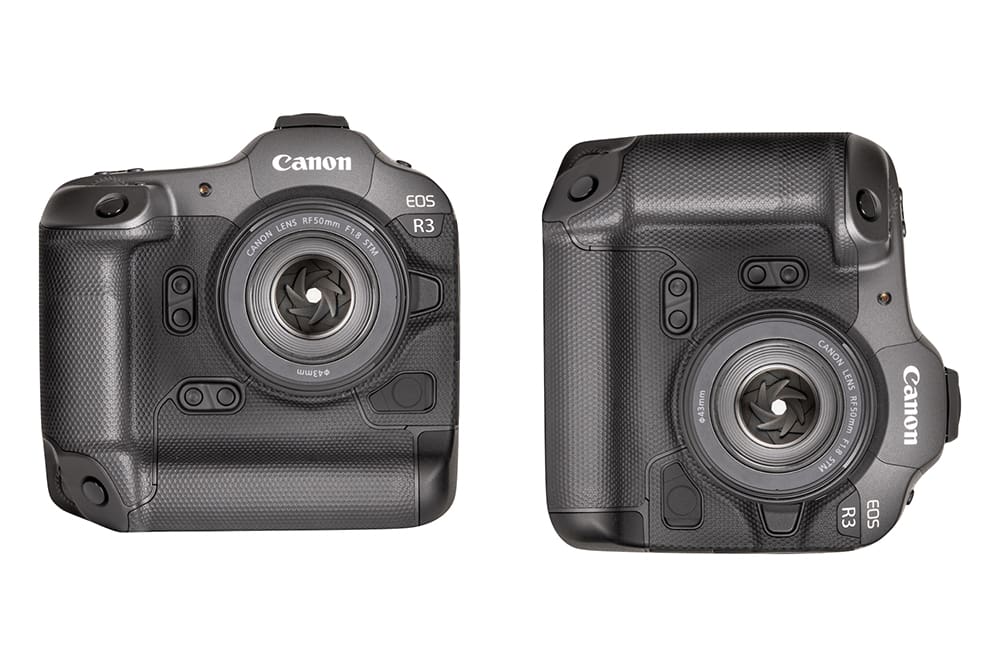The photography industry is at full speed in it’s transition from DSLR to mirrorless and I hope you’re ready. By this point most serious photographers either own a mirrorless camera or at least, are quite aware of their growing presence. So you might be wondering what you can expect moving forward.
The reasons why mirrorless came about and why the industry is going that way are numerous; they include size, weight, image quality, revenue and more than anything else – video. This industry shift reminds me of previous changes; from manual to autofocus, and again, from film to digital. Reaction to each change follows a familiar pattern. Initial products are heralded as ground breaking, but are received by snickering and eye rolls. Incremental improvements are made and the products start filling niche needs of many photographers. Manufacturers switch allegiance to how they invest their development money and seemingly overnight the industry has changed with very little support for the previous system.
Here are my dire words for the DSLR shooters: I hope you are happy with what you have, because you shouldn’t expect any new bodies or lenses going forward. It’s certainly possible that we’ll still see a few new bodies and lenses but they may not be in the realm of what interests you. Newly introduced DSLR models have fallen from ten in 2016 to a mere three in 2019, while new mirrorless options have risen from 14 to 21 during the same period. Nikon has introduced only one new DSLR lens since debuting their mirrorless Z line roughly two years ago. Canon has introduced zero lenses for their DSLR’s EF mount in the two years since the introduction of their mirrorless R camera.
What to do

If you are deep into a Canon or Nikon full-frame system, then the new mirrorless bodies (with an appropriate adaptor) will allow you to use your older lenses on the newer bodies (Nikon FTZ mount adapter, Canon Mount Adapter EF-EOS R). This does work pretty well in my opinion and it’s what I’m doing with both Canon and Nikon. This allows you to use any of the new mirrorless cameras with all your current lenses. As time goes on you can upgrade to mirrorless lenses according to your needs and budget.

With crop-frame APS cameras it’s a little tricker. Nikon has only one mirrorless crop-frame body and there are only 2 dedicated lenses for it. Nikon also has a very poor track record of supplying an interesting collection of lenses to its secondary systems. Canon on the other hand does have a mirrorless crop-frame system, but it’s mount doesn’t accept DSLR lenses, nor it’s full-frame mirrorless lenses.
It’s possible that both Nikon and Canon are trying to steer existing users into full-frame cameras. A one-mount system, within each brand, would be popular with many, but it will come at a cost. Full-frame cameras have been coming down in price, yet they are still more expensive than crop-frame models. Even though full-frame lenses will be better quality, they will also cost you more.
Choosing the right system is now more important than ever for you. At this time I cannot encourage anyone new to photography to invest in a DSLR system, of any brand. While there may be some good deals, the systems are effectively at a dead end. If you’re new to photography it would be wise to look at mirrorless cameras from one of the main manufacturers: Canon, Fujifilm, Nikon, Olympus, Panasonic and Sony. All have great options with a slightly different focus and style to them. Existing uses should plan their transition.
The slow transition or in for the long haul
If you use Canon and Nikon, the lens adapter is a solid choice as it allows you to make a slow transition to a mirrorless system when you’re ready. Keep the old DSLR and use it alongside the mirrorless option. Use your existing collection of DSLR lenses until the mirrorless options you’re most interested in become available. This is a wise choice for those with a large lens collection.
If you love your current system it might be best to use it until it dies. If you don’t upgrade bodies frequently or buy lenses on a regular basis it may be best to just keep clicking away until it stops working for you (literally or figuratively). When that time comes, sell or trade in what you have left and make a new system choice based on where you are at that point in time. This may be the best choice for those with smaller systems or if you foresee a large change in your future photographic needs.
Plan your transition from DSLR to mirrorless
They say the only constant is change, and that certainly applies to photography. New equipment won’t make you a better photographer, but may offer you new possibilities. It’s time to plan your journey to the land of mirrorless, whichever brand you choose. As someone who uses all of the major brands, I say don’t worry about which one you end up with; they’re all great.
Additional reading: Buyer’s Guide: The Mirrorless Tipping Point
Latest Camera Buyer’s Guide
Become part of John’s inner circle
Sign up for the newsletter here – it’s free.
Want to become a better photographer?
Check out John’s selection of photography and camera classes here.



